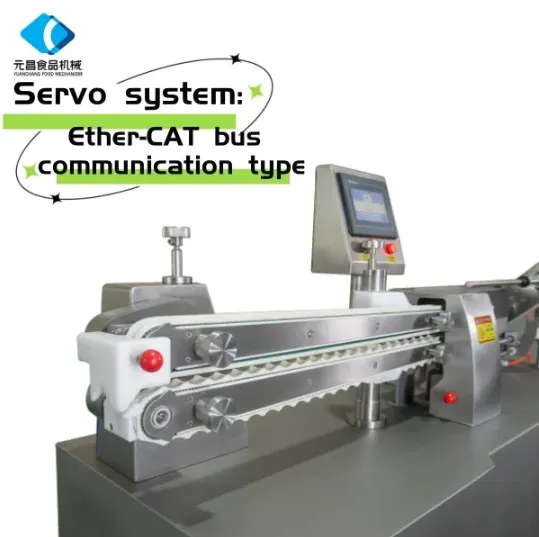- Afrikaans
- Albanian
- Amharic
- Arabic
- Armenian
- Azerbaijani
- Basque
- Belarusian
- Bengali
- Bosnian
- Bulgarian
- Catalan
- Cebuano
- chinese_simplified
- chinese_traditional
- Corsican
- Croatian
- Czech
- Danish
- Dutch
- English
- Esperanto
- Estonian
- Finnish
- French
- Frisian
- Galician
- Georgian
- German
- Greek
- Gujarati
- haitian_creole
- hausa
- hawaiian
- Hebrew
- Hindi
- Miao
- Hungarian
- Icelandic
- igbo
- Indonesian
- irish
- Italian
- Japanese
- Javanese
- Kannada
- kazakh
- Khmer
- Rwandese
- Korean
- Kurdish
- Kyrgyz
- Lao
- Latin
- Latvian
- Lithuanian
- Luxembourgish
- Macedonian
- Malgashi
- Malay
- Malayalam
- Maltese
- Maori
- Marathi
- Mongolian
- Myanmar
- Nepali
- Norwegian
- Norwegian
- Occitan
- Pashto
- Persian
- Polish
- Portuguese
- Punjabi
- Romanian
- Russian
- Samoan
- scottish-gaelic
- Serbian
- Sesotho
- Shona
- Sindhi
- Sinhala
- Slovak
- Slovenian
- Somali
- Spanish
- Sundanese
- Swahili
- Swedish
- Tagalog
- Tajik
- Tamil
- Tatar
- Telugu
- Thai
- Turkish
- Turkmen
- Ukrainian
- Urdu
- Uighur
- Uzbek
- Vietnamese
- Welsh
- Bantu
- Yiddish
- Yoruba
- Zulu
How to Conduct a Risk Assessment for Sausage Stuffing Equipment
Sausage stuffing equipment is essential for food processing businesses, ensuring efficiency and precision in meat production. However, using these machines comes with safety risks that need to be managed. Conducting a proper risk assessment for sausage filler for sale options helps businesses maintain workplace safety, prevent injuries, and comply with food industry regulations. This guide explains the key steps to assess and mitigate risks when using sausage filling machines.

Identifying Potential Hazards in Sausage Stuffing Equipment
Before operating a vacuum sausage filler for sale, it is crucial to identify potential hazards that could cause harm to operators or affect product quality. Common risks include:
Mechanical Hazards – Moving parts of the filling machine can cause hand injuries if proper safety guards are not in place.
Electrical Risks – Faulty wiring or improper grounding in a rex sausage filler for sale could lead to electric shocks.
Hygiene Concerns – Poor cleaning practices can lead to food contamination, violating industry standards.
Ergonomic Issues – Improper machine height or excessive force required for manual fillers can lead to operator fatigue and musculoskeletal injuries.
By understanding these risks, businesses can implement appropriate safety measures for their sausage stuffing equipment.
Implementing Safety Controls for Filling Machines
Once hazards are identified, businesses must take steps to control and minimize risks when using a sausage filler for sale. Effective safety controls include:
Machine Guarding – Install protective barriers around moving parts to prevent accidental contact.
Emergency Stop Functions – Ensure all sausage filling machines have accessible emergency shut-off switches.
Routine Equipment Maintenance – Regular inspections and servicing help detect faults before they become safety hazards.
Sanitation Protocols – Follow strict cleaning and disinfection procedures to maintain food safety standards.
Proper Ventilation – When using a vacuum sausage filler for sale, ensure adequate air circulation to prevent overheating and machine malfunction.
Applying these safety measures helps protect workers while ensuring high-quality sausage production.
Sausage Filler:Conducting Regular Training for Equipment Operators
Even the most advanced rex sausage filler for sale requires trained personnel to operate it safely. Conducting regular training sessions is key to preventing accidents and improving efficiency. Essential training topics include:
Machine Operation Guidelines – Teaching employees how to properly start, operate, and shut down the sausage filling machine.
Handling Emergency Situations – Ensuring workers know how to respond to mechanical failures or safety incidents.
Personal Protective Equipment (PPE) – Enforcing the use of gloves, aprons, and other protective gear to maintain hygiene and safety.
Proper Lifting Techniques – Training on how to lift heavy ingredients safely to avoid back injuries.
Investing in operator training reduces workplace accidents and improves productivity when using sausage stuffing equipment.
Risk assessments for sausage fillers should not be a one-time process. Businesses must regularly evaluate and update their safety protocols to adapt to new equipment, staff, or industry regulations. Steps to maintain ongoing safety assessments include:
Annual Safety Reviews – Conducting yearly inspections of all sausage filling machines.
Incident Reports and Investigations – Analyzing workplace accidents to identify areas for improvement.
Compliance with Food Safety Standards – Ensuring all vacuum sausage fillers for sale meet hygiene regulations.
Employee Feedback – Encouraging operators to report potential risks or safety concerns.
By keeping risk assessments up to date, businesses can maintain a safe and compliant working environment.
Sausage Stuffing Equipment Risk Assessment: FAQs
What are the common hazards when using a sausage filler?
Common hazards include mechanical injuries from moving parts, electrical malfunctions, food contamination, and ergonomic strain from improper handling.
How can I ensure my filling machine meets safety regulations?
Follow industry guidelines, conduct regular maintenance, and ensure your sausage filler for sale has proper guarding, emergency stops, and sanitation protocols.
Do vacuum sausage fillers require special safety precautions?
Yes, vacuum sausage fillers for sale should have proper ventilation, regular pressure checks, and operator training to ensure safe use.
How often should I inspect my sausage stuffing equipment?
Daily visual checks are recommended, along with a full safety inspection every three to six months, depending on usage frequency.
Where can I find high-quality sausage fillers with safety features?
Visit our website to explore our range of sausage filling machines, designed for safety, efficiency, and compliance with food industry standards. Invest in reliable equipment today!
-
Filling Flow Divider - Precision, Hygienic Multiline DosingNewsNov.18,2025
-
Hopper Trolley: Heavy-Duty, Ergonomic, Easy DischargeNewsNov.18,2025
-
Frozen Meat Slicer for Ultra-Thin, Precise, Safe CutsNewsNov.17,2025
-
Smoke House Machine | Precise, Energy-Efficient, HACCP-ReadyNewsNov.17,2025
-
Smoke House Machine: Uniform, Energy-Efficient SmokingNewsNov.11,2025
-
Meat Filling Machine - Stainless, Precise, High OutputNewsNov.11,2025










